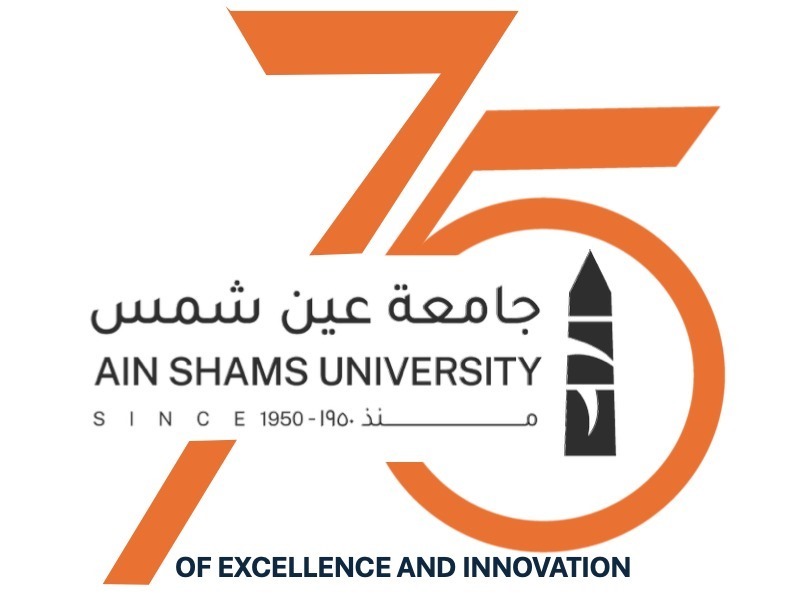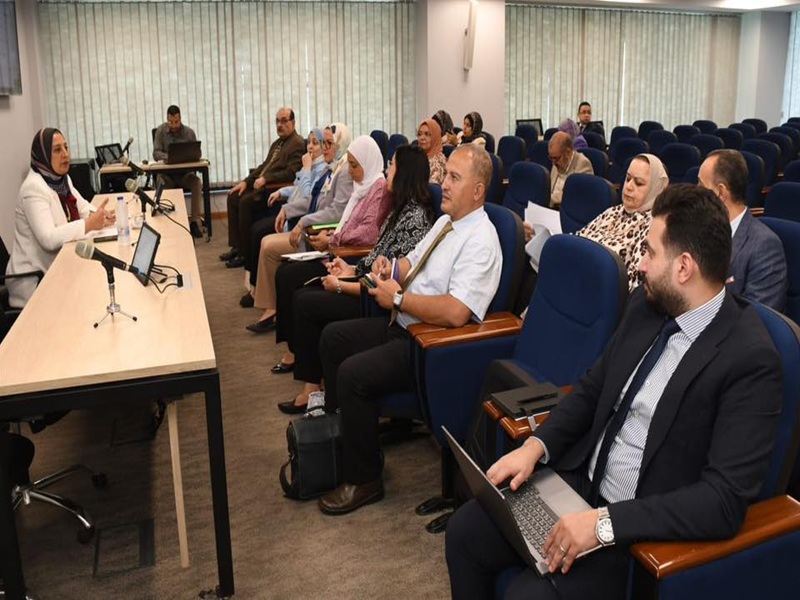Ain Shams University is preparing to launch a community observatory
Prof. Ghada Farouk, Vice President for Community Service and Environmental Development at Ain Shams University, chaired a discussion session to establish the university’s community observatory’s operating guidelines. The session was attended by a number of deans of faculties and vice deans of faculties of community service and environmental development.
The session began with an affirmation of the keenness and support of Prof. Mohamed Diaa Zain El Abedeen, President of the University, for the implementation of the Community Observatory. This observatory is expected to further enhance the university’s community engagement, particularly given its pioneering role in community service.
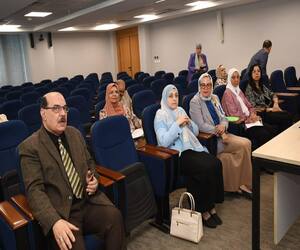 |
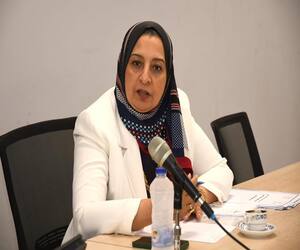 |
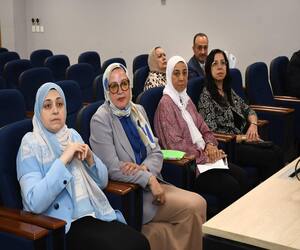 |
||
The session witnessed a number of constructive discussions and a consensus of opinions and ideas.
During the meeting, Prof. Ghada Farouk explained that the community observatory is an effective tool for monitoring and analyzing societal phenomena and problems, with the goal of understanding, explaining, and predicting them, leading to scientific mechanisms for controlling them. This contributes to supporting sustainable development goals and achieving Egypt’s National Strategy 2030.
The attendees also agreed on a number of mechanisms for monitoring societal issues, phenomena, and challenges by utilizing a number of databases from various governmental and non-governmental bodies, civil society organizations, and decision-support centers. These databases can be used to analyze relevant studies and research using smart search tools, receive requests and assignments from relevant entities, and analyze and classify academic theses in various fields.
The observatory aims to provide practical, applied solutions through studies and consultations based on scientific foundations. It also aims to guide scientific research in relevant faculties, benefit from previous applied models, and create databases that contribute to monitoring, follow-up, evaluation, and tracking of various phenomena and challenges, thus supporting decision-makers and decision-makers.
As part of activating community initiatives, the Observatory directs activities based on results and performance indicators. It also supports volunteer work through cooperation with the Egyptian Red Crescent through the Student Volunteer Center, providing the necessary training, and promoting a culture of volunteer work among students. This step marks the beginning of an effective institutional relationship between the two parties.
The Observatory also aims to strengthen partnerships with relevant stakeholders from civil society, relevant bodies, and relevant ministries.
During the session, a proposal was also made to establish an organizational structure for the observatory, consisting of an executive director and a technical and administrative director, who will oversee seven units: the Strategic Development Unit, the Digitization and Information Systems Unit, the Marketing and Advertising Unit, the Technical and Administrative Support Unit, the Communications and Public Relations Unit, the Volunteer and Community Work Unit, and the Community Partnerships Unit.
This structure aims to ensure integration between various tasks, achieve efficient performance, and distribute roles to enhance the observatory’s effectiveness in fulfilling its societal and scientific mission.


.svg)
